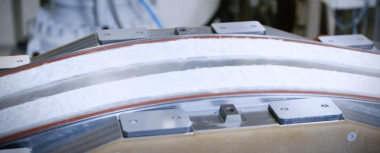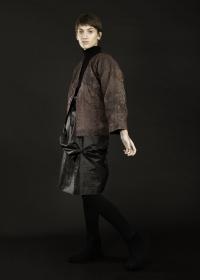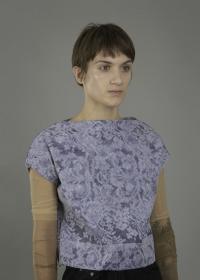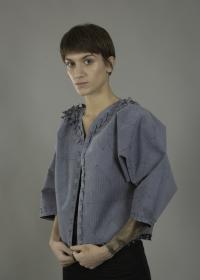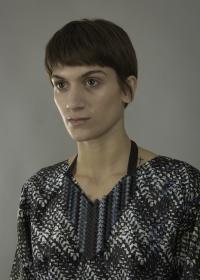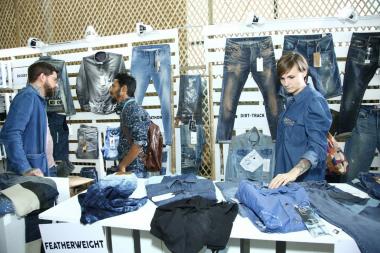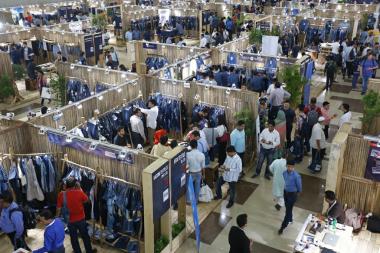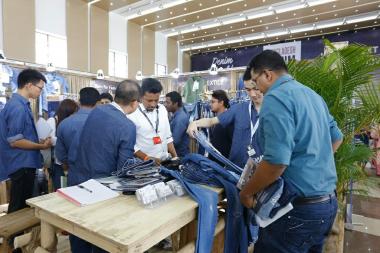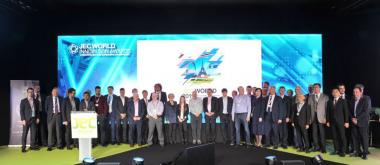SSM at ShanghaiTex 2019
At ShanghaiTex SSM presents solutions for precision package winding and high package consistency and provides a wide range of renowned textile machines.
SSM enables yarn dyers to be successful – with the precision package winder PWX. Only a quick response to market trends in combination with high cost-efficiency enables customers to be competitive. The winder offers clear benefits to dye package winding and rewinding of filament and staple fiber yarns, with or without lubrication.
For the XENO-platform SSM presents the first and only self-regulating backpressure system in the world: preciforce™ for a guaranteed package consistency. Furthermore, the next generation of the blade winding powerblade™ will be introduced for the XENO-platform.
Rieter Management AG






